How to Diagnose Pests and Diseases in Plants: A Simple Guide
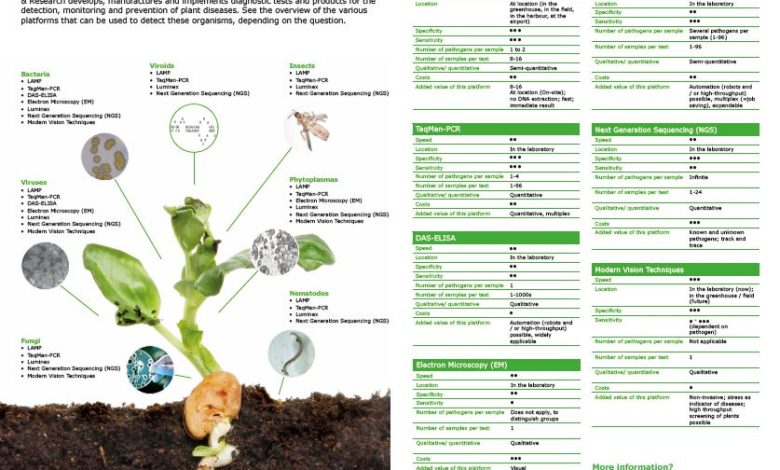
It is important to know the situation in which we have our plants in order to be aware of whether they are suffering from a pathology or are infested by a pest. To avoid their presence, it is important that we know the causes by which plants become susceptible and contract the most common diseases and pests.
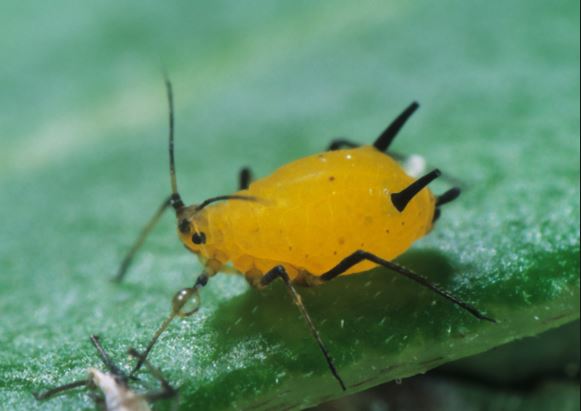
Diagnosis of pests and diseases in plants
The disease in plant organisms is not only due to parasite-plant contact, but there are other factors. In order to understand this we must resort to the so-called DISEASE TRIANGLE
This triangle is made up of three vertices:
- Pathogen
- Guest
- Environment
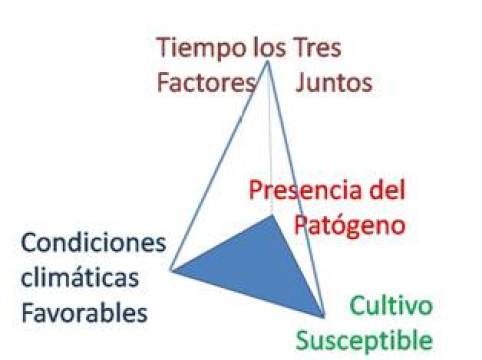
For disease to occur, all three factors must be in a favorable position. That is, the pathogen must be virulent enough to cause disease in the host, and the host must be susceptible to attack by the pathogen.
Within the medium in which the plant develops, there are factors that must be favorable for the pathogen to develop its life cycle.
- Biological: presence of alternative hosts (weeds)
- Vectors: insects that transmit the disease
- Other microorganisms that damage the plant and allow the disease to develop
- Non-biological: water, rain or irrigation conditions that favor the weakness of the plant
resistance in plants
Resistance is the ability to limit the infection, not to be infected, does not allow contact with the pathogen and that it multiplies in it.
• Non-host resistance: no individual of the species can be infected
• Host resistance: some individuals of the species can be infected and others cannot
Tolerance in plants
It is the ability of the host to reduce the damage of the pathogen on it, such as avoiding multiplication.
Disease cycle in the plant
- Inoculation that produces an infection with a pathogen-plant union
- Host (plant) recognition of plant-pathogen interaction
- Colonization, the host allows the multiplication of the pathogen. Here you see the development of symptoms, when it is diagnosed it is too late. In the case of asymptomatic patients, the plants will constitute a reservoir of pathogens, being a danger to the rest of the surrounding plants.
- They begin to give unfavorable conditions for the pathogen. More evident in fungi and bacteria because they develop within the host so environmental conditions do not affect them. If yes, they enter a state of dormancy for the survival of the pathogen.
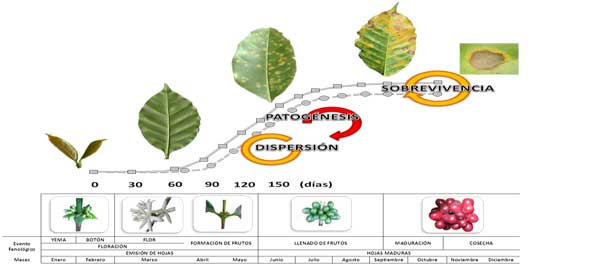
cycle types
The monocyclic has a period of infection during the growing season, and the primary inoculum infects the cultivated plant. However, in the case of the polycyclic, it gives rise to primary and secondary inocula. The primary is produced according to the host cycle and the secondary according to the life cycle.
The disease is more important when the pathogen is polycylic, since the pathogen arrives and serves as an inoculum for another host, thus spreading the disease.
Types of dispersion
Knowing the dispersion of the pathogen is essential to control diseases. The so-called long transmission is the one that occurs outside the crop field. It is given by seed, graft, cutting or any material that propagates the crop. However, the so-called short transmission occurs within the crop field.
Dispersion can also be active, passive or by vectors. In the case of the passive there is no interaction between the transmitting organism and the pathogen that it transmits. In bacteria, fungi and nematodes it occurs a lot, while in the active (autonomous) pathogen the pathogen disperses by itself. On the other hand, dispersion by vectors is also very frequent, as is the case with viruses, which harm many horticultural species.
transmission routes
Pathogens can be transmitted by biotic factors (living organisms) such as animals, or by abiotic factors such as air, wind, rain or irrigation water. Biotic factors usually act in long-distance transmission, on the contrary, abiotic factors transmit pathogens only short distances.
Survival of pathogens in the plant
In order for the life cycle of the pathogen to be maintained, it sometimes has to enter a state of dormancy, during which time it has to generate survival structures. The survival structures are different depending on the pathogen that occurs. An example is nematode cysts, when conditions are not favorable they enter a state of survival in which environmental factors do not affect them. In the case of fungi, structures such as sclerotia or spores also develop.
Identification of diseases in plants
Today most diseases are known, but sometimes they are not and the cause of the pathology has to be determined. To do this, it is necessary to diagnose the disease and identify the pathogen.
The following steps are followed for identification:
- Observation of symptoms: in some cases they can lead to mistakes since they are very similar, but there are others that are very characteristic of each disease.
- Observation signs: they can also be confused, but with these you can already diagnose.
If both (signs and symptoms) are associated, the disease that the plant has can be determined. Unfortunately, diseases are sometimes asymptomatic, so pathogen testing is important.
If we know how the disease or pest affects our plant, it will be much easier for us to control it and keep our garden in optimal conditions.

![Photo of Olive Tree Diseases: [Characteristics, Types, Detection and Treatment]](https://www.complete-gardening.com/wp-content/uploads/2021/06/Cuales-son-las-enfermedades-del-olivo-y-como-podemos-detectarlas-390x220.jpg)
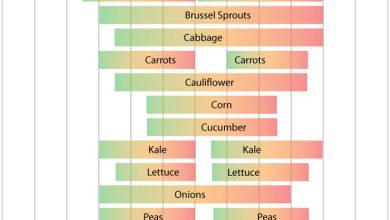
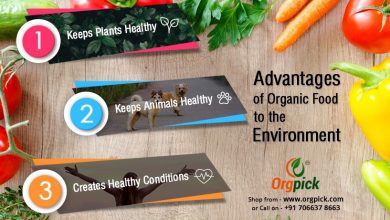
![Photo of Weeds: [Characteristics, Types, Elimination and Damage]](https://www.complete-gardening.com/wp-content/uploads/2022/08/weeds-characteristics-types-elimination-and-damage-390x220.jpg)